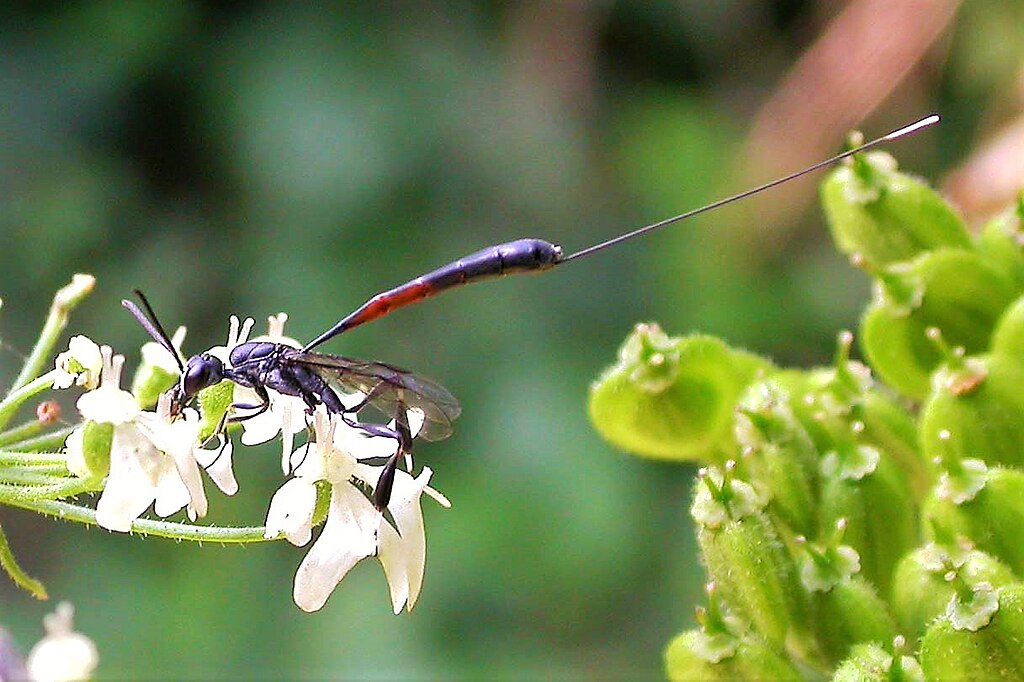In the vast tapestry of nature’s relationships, few phenomena are as precisely orchestrated as the deadly dance between highly specialized parasites and their singular hosts. While most people think of parasites as opportunistic creatures that attack whatever comes their way, the reality is far more sophisticated and frankly, quite shocking. These microscopic assassins have evolved over millions of years to become living weapons of incredible specificity, capable of targeting just one species with surgical precision while leaving closely related organisms completely untouched.
The Evolutionary Arms Race That Created Nature’s Most Precise Killers

The relationship between host-specific parasites and their targets represents one of evolution’s most dramatic examples of co-evolution in action. Over countless generations, these parasites have developed lock-and-key mechanisms that are so finely tuned, they make modern military precision look crude by comparison. The host species, meanwhile, has been fighting back with its own evolutionary adaptations, creating an endless cycle of biological warfare. This evolutionary pressure has produced parasites that can recognize their target species through specific chemical signatures, genetic markers, or even behavioral patterns. Think of it like a biological fingerprint scanner that only opens for one specific individual, except in this case, that individual represents an entire species.
Ophiocordyceps: The Zombie-Making Fungus That Knows Its Victim
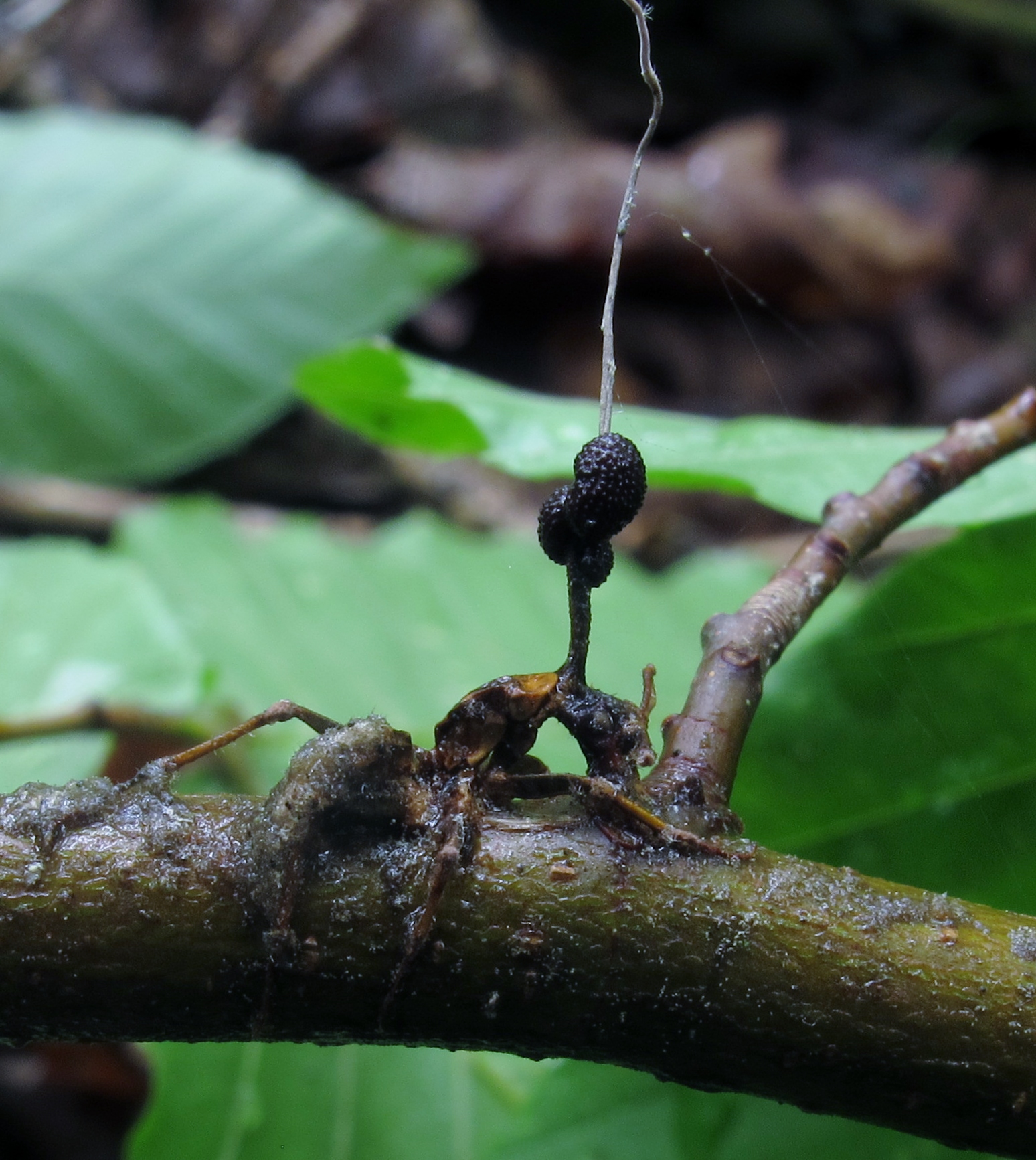
Perhaps no parasite demonstrates species-specific precision quite like the Ophiocordyceps fungus family, which has earned the terrifying nickname “zombie-ant fungus.” Each species within this fungal family has evolved to target one specific ant species with mind-bending accuracy. Ophiocordyceps unilateralis specifically targets Camponotus leonardi ants, while completely ignoring other ant species that might be living in the same colony The fungus doesn’t just kill its host – it completely hijacks the ant’s nervous system, forcing it to climb to a specific height and location before clamping down with its mandibles in what scientists call the “death grip.” The precision extends even to the timing, with infected ants dying at exactly the right moment to maximize spore dispersal for the fungus. What makes this even more remarkable is that the fungus has evolved different behavioral manipulation strategies for different ant species, suggesting that each Ophiocordyceps species has developed an intimate understanding of its particular host’s biology and behavior patterns.
Varroa Destructor: The Mite That’s Crushing Honey Bee Populations
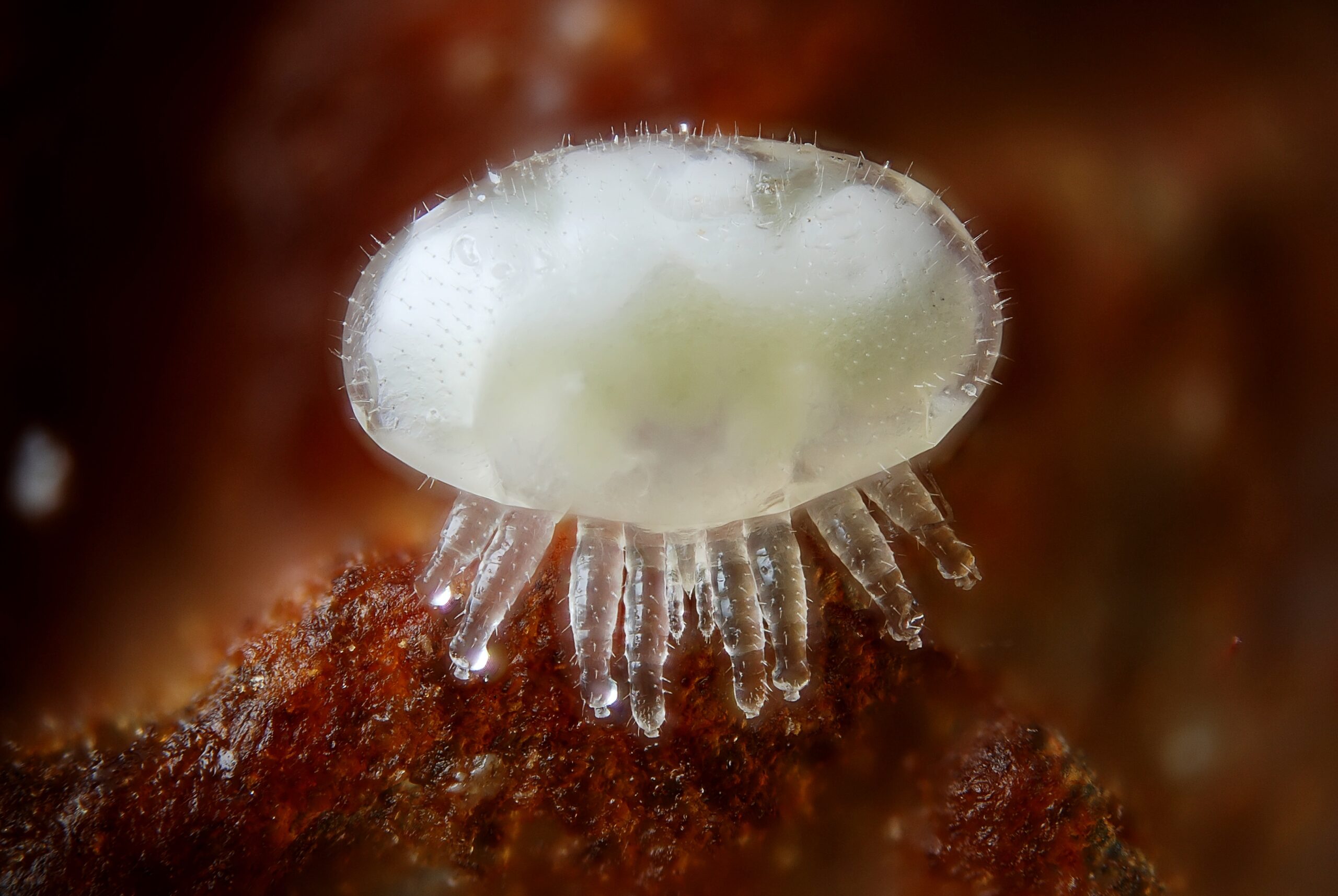
The Varroa destructor mite represents one of the most economically devastating examples of species-specific parasitism in the modern world. This tiny arachnid has co-evolved specifically with Asian honey bees (Apis cerana) over thousands of years, creating a relatively balanced relationship where both species could coexist. However, when Varroa destructor encountered European honey bees (Apis mellifera), the results were catastrophic. The mite’s precision-targeting system, which had been fine-tuned for Asian bees, proved devastatingly effective against European bees that had no evolutionary defenses. The parasite’s ability to time its reproduction cycle exactly with the bee’s brood development, combined with its capacity to weaken individual bees and spread viruses, has made it the primary threat to global bee populations. The specificity of this parasite is so precise that it can distinguish between different subspecies of honey bees, showing varying levels of virulence depending on the exact genetic makeup of its host. This has led to some fascinating research into breeding bee populations that might be more resistant to Varroa attacks.
Plasmodium: The Malaria Parasite’s Species Shopping List
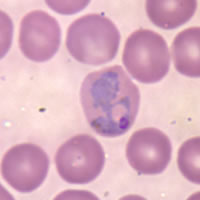
While many people think of malaria as a single disease, the reality is that different Plasmodium species have evolved to target specific host species with remarkable precision. Plasmodium falciparum has adapted specifically to human physiology, while Plasmodium knowlesi targets macaque monkeys, and Plasmodium berghei infects rodents. Each species has developed unique molecular keys that allow them to unlock only their intended host’s cellular defenses. The parasite’s surface proteins have evolved to bind specifically to receptors found only on their target species’ red blood cells, making cross-species infection extremely rare under natural conditions. This specificity extends to the parasite’s entire life cycle, including its development within mosquito vectors. Different Plasmodium species require different mosquito species as intermediate hosts, creating a complex web of species-specific relationships that scientists are still working to fully understand.
Toxoplasma Gondii: The Cat-Obsessed Parasite
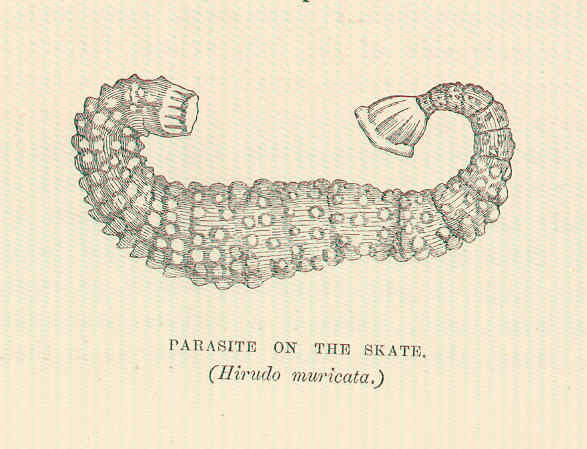
Toxoplasma gondii presents one of the most fascinating examples of evolutionary specialization in the parasite world. While this microscopic organism can infect virtually any warm-blooded animal as an intermediate host, it can only complete its sexual reproduction cycle in members of the cat family – specifically, in their intestinal tract. The parasite has evolved an incredible ability to manipulate the behavior of its intermediate hosts in ways that increase the likelihood of being eaten by a cat. Infected rodents lose their natural fear of cat odors and may even become attracted to them, essentially turning into willing prey. What’s truly remarkable is how T. gondii has fine-tuned its manipulation strategies for different intermediate host species. The behavioral changes it induces in mice are different from those it causes in rats, and both differ from the effects observed in other mammals, suggesting a deep understanding of each host’s psychology and behavior patterns.
Sacculina: The Barnacle That Turns Crabs Into Zombies
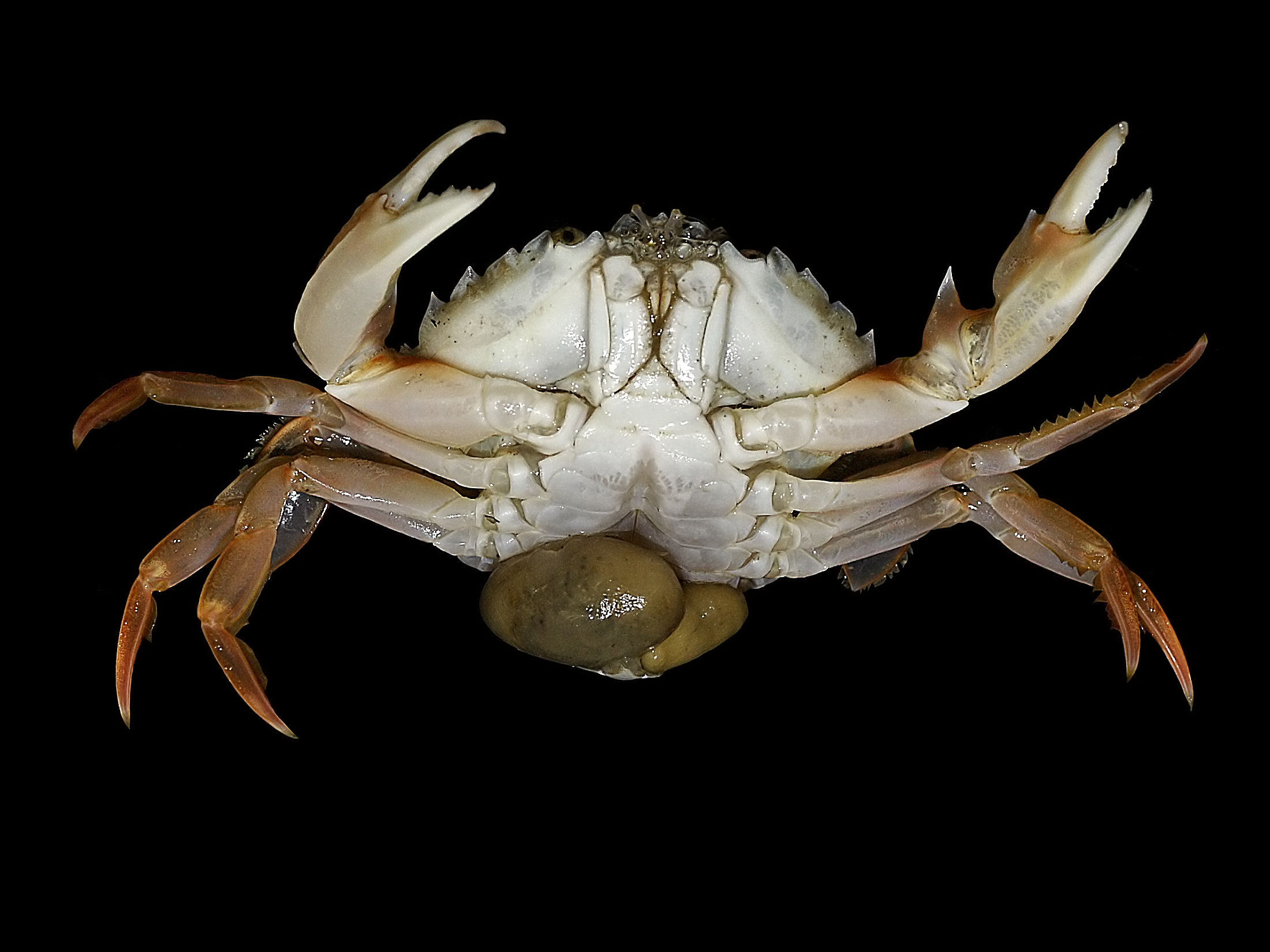
The Sacculina barnacle represents perhaps one of the most disturbing examples of parasitic precision in the marine world. This parasitic barnacle specifically targets certain crab species, with different Sacculina species showing remarkable host specificity. Once attached, the parasite doesn’t just feed on its host – it completely rewrites the crab’s biology and behavior. Female Sacculina will castrate their host and manipulate the crab’s hormonal system to make it behave like a female caring for eggs, even if the host crab is male. The parasite’s precision extends to hijacking the host’s molting cycle, ensuring that the crab’s energy goes toward supporting the parasite rather than its own growth and reproduction. The specificity of this relationship is so refined that each Sacculina species has evolved unique methods for penetrating their particular host’s defenses, suggesting millions of years of co-evolutionary fine-tuning. The parasite’s larvae can even recognize and specifically seek out their preferred crab species among the many crustaceans available in the marine environment.
Baculoviruses: Nature’s Biological Warfare Agents
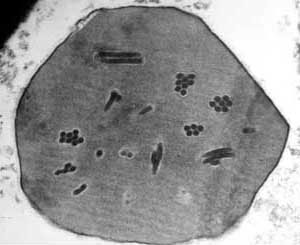
Baculoviruses represent some of the most species-specific pathogens in the insect world, with individual virus strains often targeting just one species of moth or butterfly. These viruses have evolved incredibly sophisticated recognition systems that allow them to identify and infect only their intended host species while ignoring closely related insects. The precision of baculoviruses is so remarkable that they’re now being used as biological control agents in agriculture. Scientists can release specific virus strains to target pest species without worrying about harming beneficial insects in the same ecosystem. The virus’s specificity is maintained through complex protein interactions that function like molecular passwords, ensuring that only the correct host species can be infected. What makes baculoviruses particularly fascinating is their ability to manipulate host behavior in their final stages. Infected caterpillars often climb to high positions before dying, maximizing the spread of viral particles when their bodies eventually liquefy – a behavior that’s precisely calibrated for each host species’ ecology and behavior patterns.
Strepsiptera: The Twisted-Wing Parasites

The order Strepsiptera, commonly known as twisted-wing parasites, showcases some of the most extreme examples of host specificity in the insect world. These bizarre parasites have evolved to target specific insect families, with different Strepsiptera species showing such narrow host ranges that they often parasitize only one or two closely related species. Male Strepsiptera are free-living and must locate females that are permanently embedded in their host insects. This lifestyle has led to incredible specialization, with males developing sophisticated chemical detection systems that can locate their species-specific females among the millions of potential host insects in their environment. The precision of host selection in Strepsiptera extends to their larval stages, which must locate and penetrate their specific host species during a very narrow window of opportunity. The timing, recognition mechanisms, and penetration strategies are all fine-tuned for their particular host, making these parasites living examples of evolutionary precision.
Horsehair Worms: The Aquatic Puppet Masters
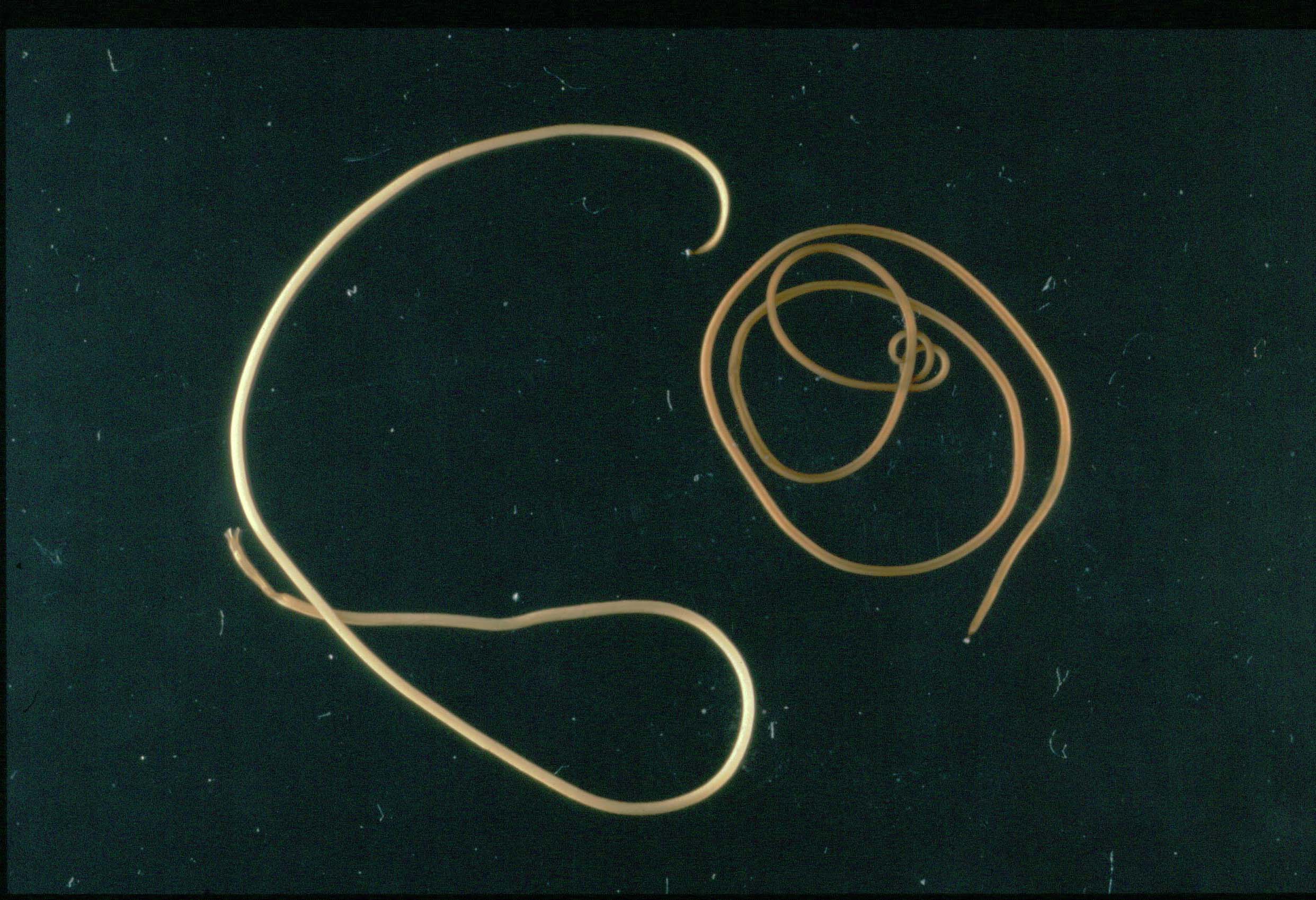
Horsehair worms (Nematomorpha) demonstrate remarkable species specificity in their choice of arthropod hosts, with different species targeting specific cricket, grasshopper, or beetle species. What makes these parasites particularly fascinating is their ability to manipulate their terrestrial hosts into seeking water, where the adult worms can emerge and reproduce. The precision of this manipulation is species-specific, with different horsehair worm species having evolved unique behavioral control mechanisms tailored to their particular host’s nervous system and natural behaviors. A worm that parasitizes crickets will use different neurological pathways than one that targets beetles, despite both needing to achieve the same end result. The host recognition system of horsehair worms is so refined that they can distinguish between closely related arthropod species that might appear identical to human observers. This specificity ensures that the parasite’s complex life cycle and behavioral manipulation strategies are perfectly matched to their host’s biology and ecology.
Ichneumon Wasps: The Surgical Strikers

Ichneumon wasps represent one of the largest families of parasitic insects, with over 60,000 described species, each typically specializing in parasitizing one or a few closely related host species. These wasps have evolved incredibly sophisticated detection systems that allow them to locate their specific hosts even when they’re hidden deep within plant tissues or soil. The precision of host selection in ichneumon wasps extends to their oviposition behavior, with females using specialized sensory organs to identify not just the correct host species, but also the optimal life stage for parasitism. Some species can even detect whether a potential host has already been parasitized by another wasp, avoiding wasteful competition. What’s particularly remarkable about ichneumon wasps is how they’ve diversified to exploit virtually every available insect niche. There are species that specialize in parasitizing specific moths, others that target particular beetles, and still others that focus on flies or other wasps, each with precision-engineered tools and behaviors for their chosen lifestyle.
Microsporidia: The Cellular Hijackers
Microsporidia represent some of the most evolutionarily refined parasites on Earth, with many species showing extreme host specificity at the cellular level. These microscopic fungi have evolved to recognize and infect specific cell types within their chosen host species, often targeting particular organs or tissue types with surgical precision. The specificity of microsporidia extends to their spore recognition systems, which can distinguish between different host species based on cellular surface markers that are invisible to most other organisms. Some species have become so specialized that they can only survive and reproduce within specific cell types of their chosen host, making them completely dependent on their target species for survival. This cellular-level precision has made microsporidia both a threat to important species like honey bees and silk moths, and a potential tool for biological control of pest species. The challenge lies in understanding and predicting their specificity patterns to harness their power safely.
Entomopathogenic Nematodes: The Underground Assassins

Entomopathogenic nematodes have evolved remarkable species specificity in their soil-dwelling lifestyle, with different nematode species targeting specific insect larvae that live underground. These microscopic roundworms have developed sophisticated chemical guidance systems that allow them to locate and identify their preferred host species in the complex underground environment. The precision of these nematodes extends to their infection strategies, with different species having evolved unique methods for penetrating their chosen hosts’ defenses. Some species target specific insect families, while others have narrowed their focus to particular species within those families, developing specialized tools and behaviors for their chosen prey. What makes entomopathogenic nematodes particularly interesting from an evolutionary perspective is how they’ve managed to maintain their specificity while living in soil environments where they might encounter dozens of different potential host species. Their ability to resist the temptation to parasitize readily available but unsuitable hosts demonstrates the power of evolutionary specialization.
The Molecular Mechanisms Behind Parasitic Precision
The incredible specificity displayed by these parasites is made possible by sophisticated molecular recognition systems that have evolved over millions of years. These systems often involve complex protein interactions, where parasitic surface proteins function like keys that can only unlock specific cellular doors on their intended host species. At the genetic level, many specialized parasites have undergone dramatic genome reductions, losing genes that would allow them to survive in other hosts while retaining and refining only those genetic tools necessary for their specific lifestyle. This evolutionary streamlining has made them incredibly efficient at parasitizing their chosen species while simultaneously making them completely dependent on that relationship. The molecular basis of host recognition often involves multiple layered systems, with parasites using chemical cues, physical recognition mechanisms, and even behavioral triggers to ensure they’re targeting the correct species. These systems have evolved to be failsafe, with multiple checkpoints preventing costly mistakes in host selection.
The Future of Species-Specific Parasitism

Understanding the mechanisms behind parasitic precision has opened up new possibilities for both controlling harmful parasites and developing beneficial applications. Scientists are working to develop drugs that can disrupt the specific molecular interactions between parasites and their hosts, potentially offering treatments that target the parasite without harming the host. On the flip side, the precision of these natural biological control agents is being harnessed for sustainable pest management in agriculture and forestry. By understanding how parasites maintain their species specificity, researchers can develop more targeted and environmentally friendly approaches to controlling pest populations. The study of species-specific parasitism also offers insights into fundamental biological processes like evolution, ecology, and molecular recognition systems. These tiny organisms are providing big answers to questions about how life on Earth has diversified and adapted to fill every available niche.
Conclusion
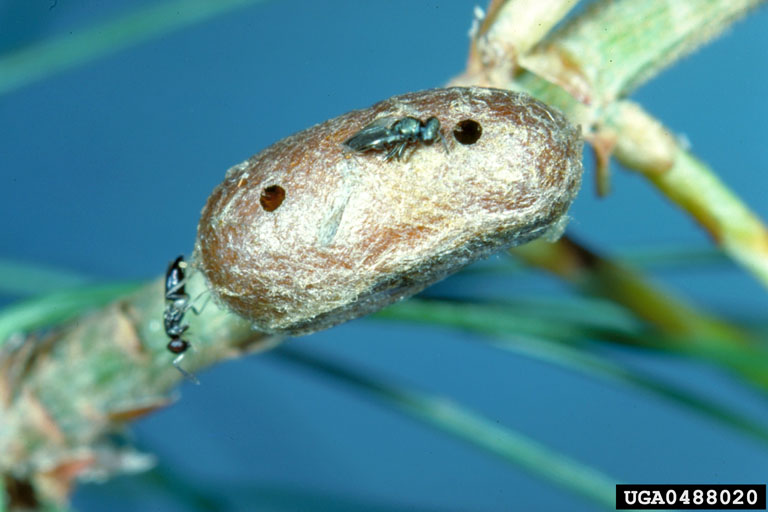
The precision displayed by these parasitic insects represents some of the most sophisticated biological targeting systems ever evolved. From fungi that can distinguish between nearly identical ant species to viruses that recognize specific cellular signatures, these organisms have achieved a level of accuracy that rivals our most advanced technologies. Their existence reminds us that in nature’s endless arms race, survival often depends not on being the biggest or strongest, but on being the most precisely adapted to your chosen way of life. What other secrets might these molecular sharpshooters reveal about the hidden complexity of life on Earth?

